CES 2021: Will these 7 products ever be released?
Products so outrageous that they may never see the light of day.
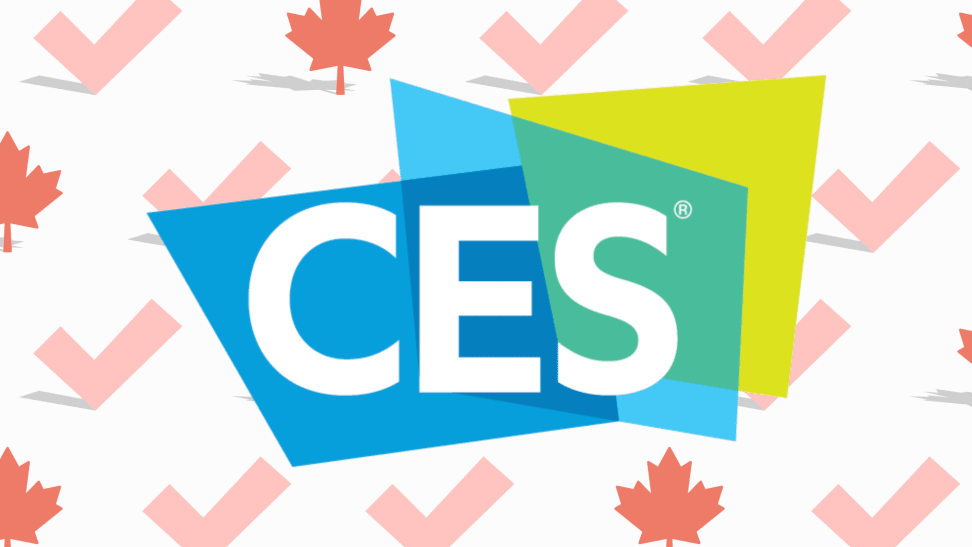 Credit:
Credit:
Products are chosen independently by our editors. Purchases made through our links may earn us a commission.
The Consumer Electronics Show may be a showcase for innovation, but it can be a lot of smoke and mirrors. Companies often demonstrate products that can’t fully function outside a controlled environment. Many of the products on display will never actually make it to market as they’re too fanciful, too complicated to produce or have their features rolled into other devices. In tech journalism circles, we call such products ‘vapourware
Here are a few of the devices we saw at CES 2021 that we feel have a good chance of never seeing the light of day.
1. GM eVTOL Personal Drone
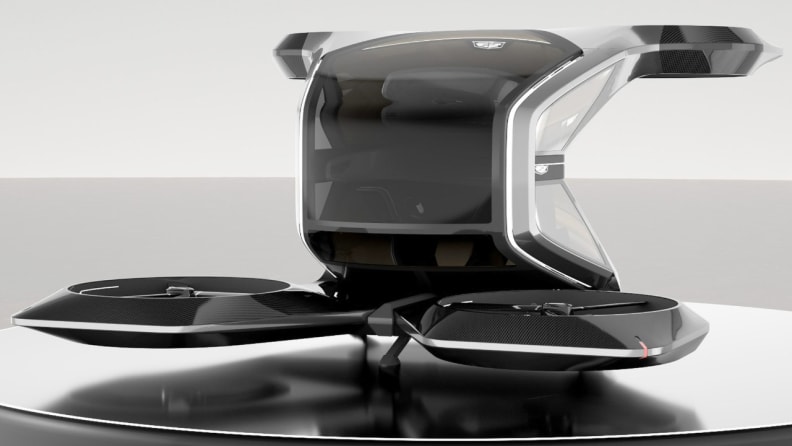
When we think of the future, our minds always tend to gravitate towards flying cars. After seeing dozens of prototypes on the show floor over the years, we have yet to actually see one hit the market.
GM virtually showed off a luxurious Cadillac two-seater, four-rotor personal autonomous aircraft this year that is capable of taking off and landing, vertically. Because of its size and no need to use a runway to get into the air, GM says there is no requirement for you to take off or land their personal aircraft at a busy airport. While the company claims the drone has the ability to reach speeds of 56 MPH (90 KMH), don’t expect to see this one zipping around your neighbourhood anytime soon. Flying vehicles still remain a headline grabber and a pipe dream…at least for the time being.
2. Samsung’s Bot Handy
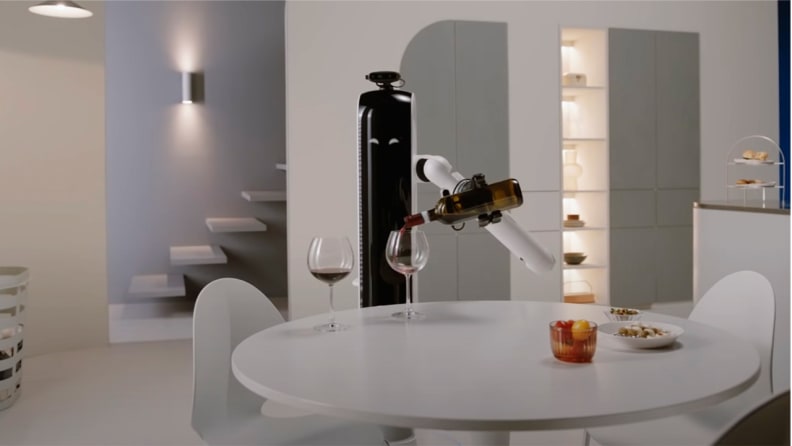
We can thank The Jetsons for making us all want a robot that can wander around our homes performing chores for us. Samsung teased us once again with the idea this year with Bot Handy.
This robot is capable of setting the table, putting away groceries and even filling the dishwasher. What really grabbed our attention though was the video of it pouring a glass of wine. Samsung says the Bot Handy uses artificial intelligence to identify objects so it knows what sort of grip to use when it picks them up. The company won’t confirm whether or not the robot will come to market…and for good reason. It’s most likely a showcase of AI rather than an actual product announcement.
3. Lasso Recycling Machine
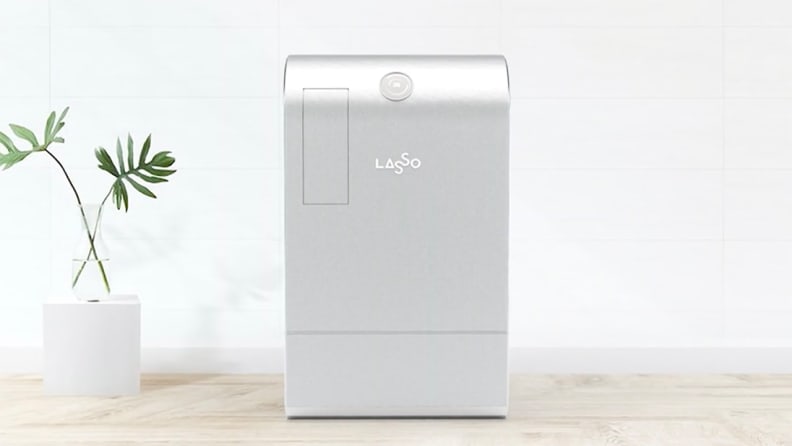
This ambitious project involves placing a smart recycling bin in your home which can intelligently sort, steam clean, then quietly grind up glass, metal and plastics. These reclaimed materials are then stored inside a pod which is emptied by Lasso a few times a year.
Don’t get us wrong, the idea sounds incredible, but will the company behind it really be able to shrink down a processing facility into a package small enough to operate inside of your home? Pre-orders are already live but, according to the website, the contraption won’t be ready for at least another year. A lot can go wrong with a product rollout between now and then.
4. Razer’s Project Brooklyn
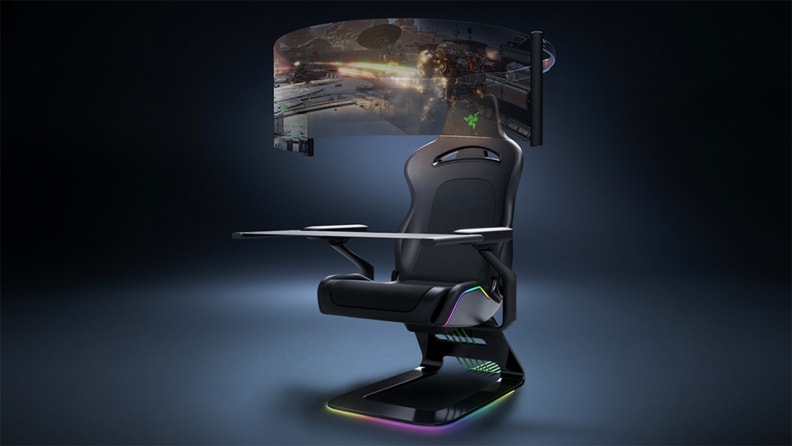
Razor has been known to announce products at CES that never make it to market. We’re looking at you three-screen laptop!
This year, Razer teased us with Project Brooklyn, a futuristic gaming chair with tactile feedback, which allows gamers to become immersed in the action through vibrations in the chair. But the real feature here is the 60-inch rollable OLED display Razor claims will retract into the back of the chair when not in use. Rollable OLED displays may be a reality, but the technology simply isn’t at a point where a rollable display can hold its shape without some sort of frame to support it. Even if it was physically possible, just imagine the price point! There’s no way Razer’s target audience would be able to afford a rig like this in their home!
5. TCL 17” Printed Scrollable OLED Display

The idea of a rollable or scrollable smartphone has been floating around for a few years now. At this year’s virtual CES, both TCL and LG showed off rollable OLED prototypes, but TCL took it one step further. The company teased a much larger 17-inch OLED display that can rollup onto two rods like an old-fashioned paper scroll. It was pretty obvious by watching TCL’s presentation that the device was created using CGI. And while the company did release a follow-up video showing a real device being opened and closed, it was attached to a large base, which often means it’s not ready for use outside a lab.
We love the idea, but think this one can safely be placed in the “concept only” column.
6. Toto Wellness Toilet
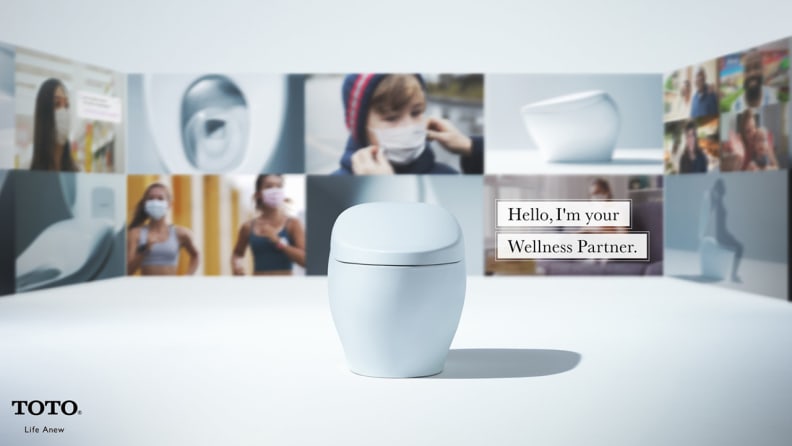
Smart toilets have definitely been a trend at CES over the past couple of years, but Toto’s latest is both interesting and a little disturbing at the same time.
The Wellness Toilet has an array of sensors that can analyze and monitor your waste. Not eating enough fibre? Maybe your diet is lacking certain minerals or vitamins? This toilet is expected to let you know by analyzing your waste, and then notify you through your smartphone with ways you can improve your health and diet.
Researchers, including a team at Stanford University, have been working on this type of toilet technology for many years. While it may theoretically be possible, researchers admit that properly scrutinizing our waste requires both physical and molecular analysis, which would make the toilet unaffordable. It would also have to be constantly calibrated in your house. Ideal for a lab...not so much for our homes.
7. Coldsnap

We want to believe this device will make it to market, but the Coldsnap has a lot of things working against it for that to happen.
Think of the Coldsnap as a Keurig-style machine that will make ice cream or frozen yogurt from a disposable pod. Here’s the issue. Ice cream is pretty cheap. Keurig pods? Not so much. Keurig tried something similar with soft drinks a few years back. It even teamed up with Coca-cola to offer real branded drinks in pods, but soon after launch the Keurig Kold was discontinued. No one wanted to pay two dollars for a single glass of Coca-cola.
The ice cream produced by the Coldsnap would have to taste pretty darn amazing in order to justify paying a few dollars per bowl. More than this, pod-based kitchen devices have a shaky track record of being brought to market after being shown off at CES. Two years ago LG unveiled a pod-based beer machine. We’re still waiting on that one.
